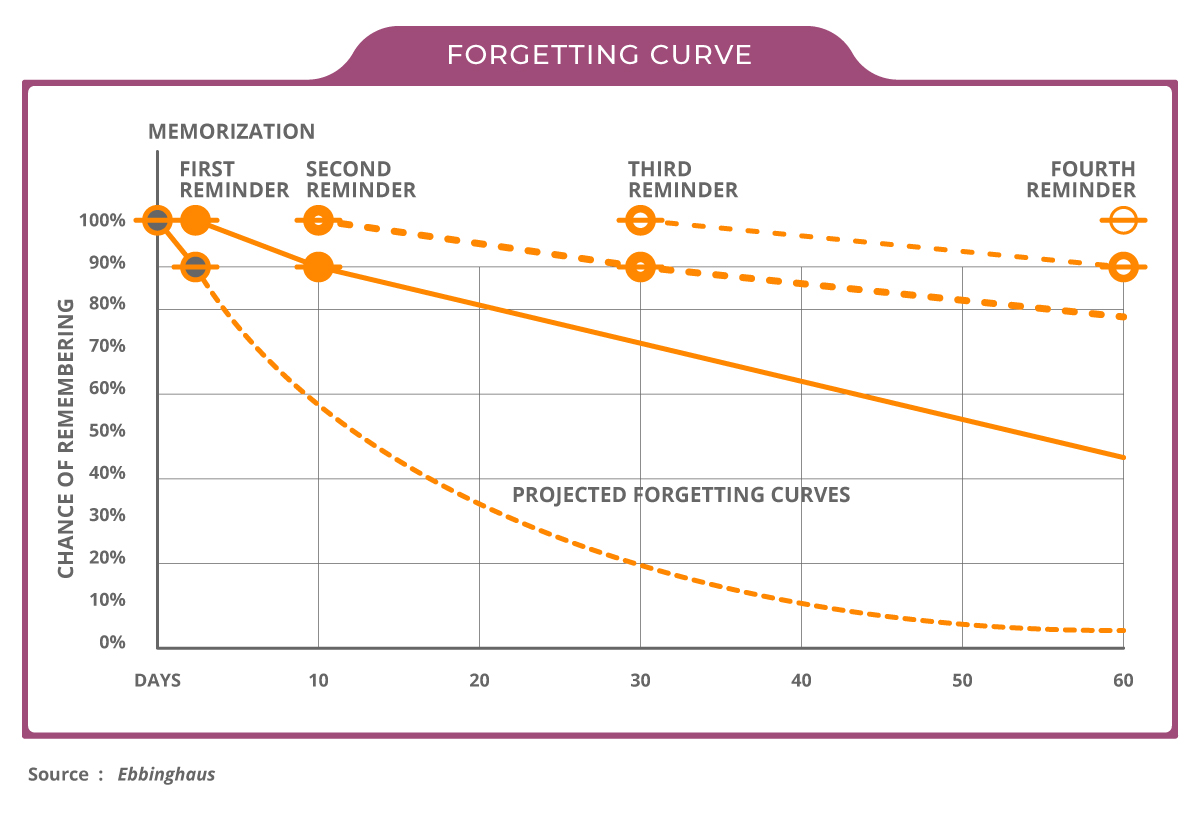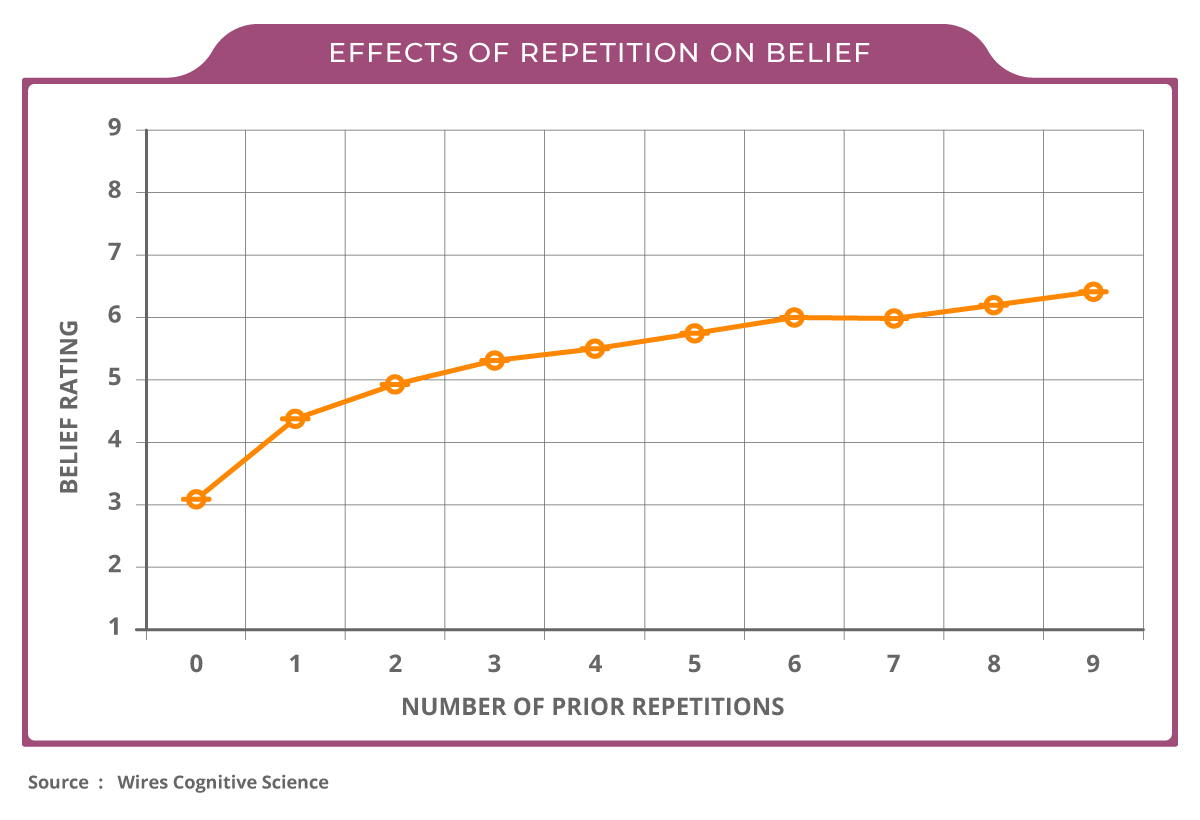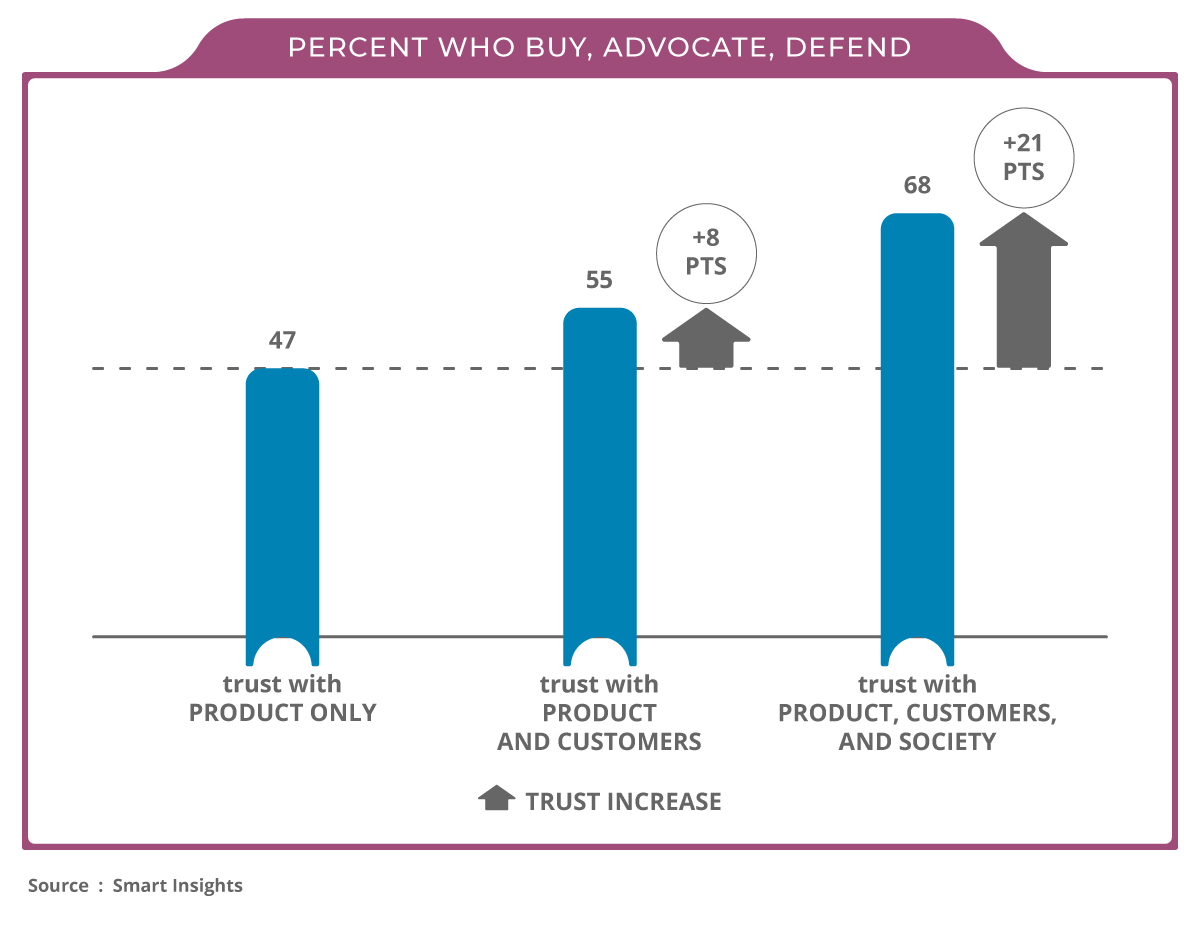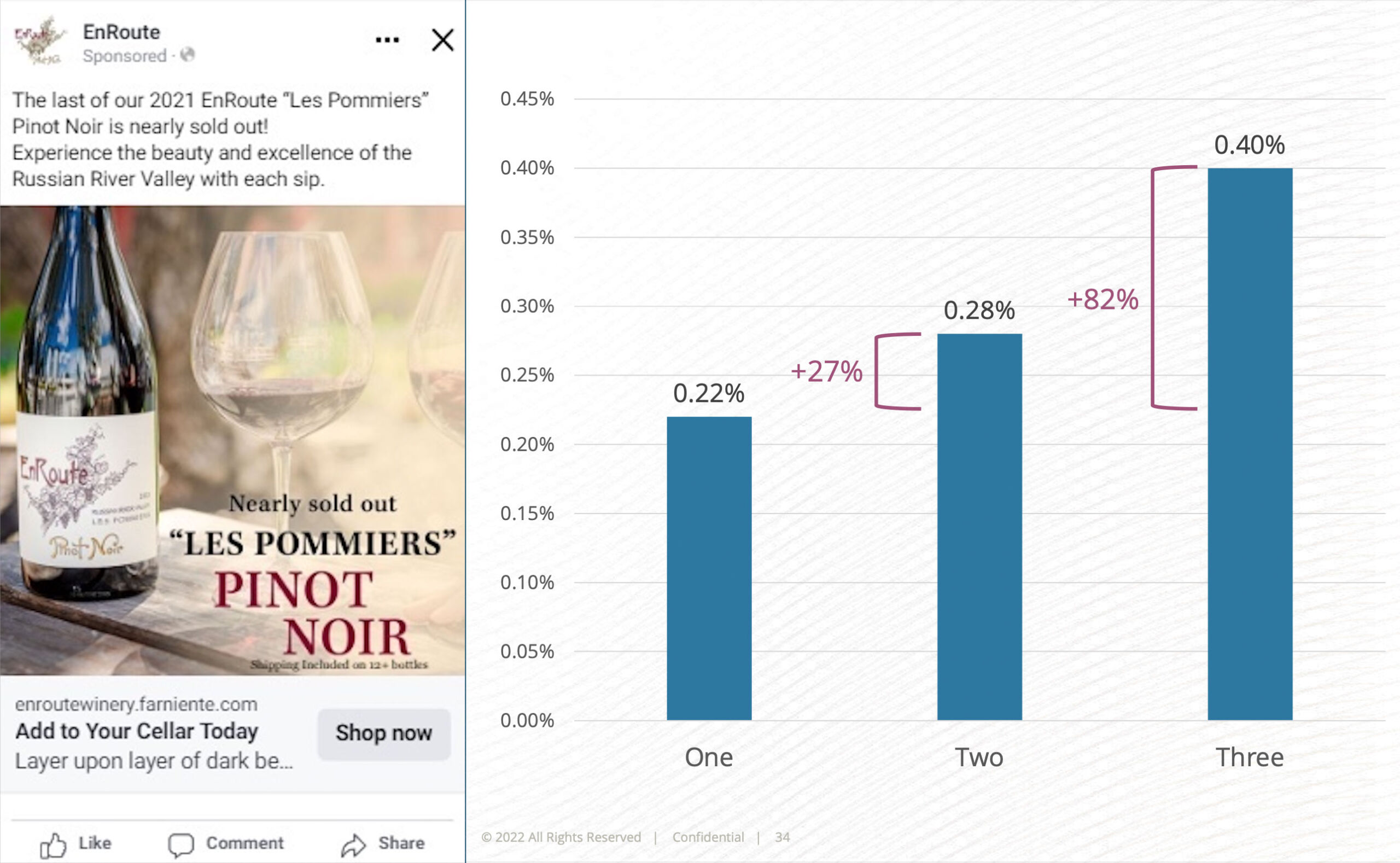
Case Study: The Power of Coordinating Messages
By Wineglass Marketing
We live in an exciting time in marketing. We have an embarrassment of riches regarding targeting opportunities, channel selection, and instant data feedback. A computer chip with 2000 transistors that cost $1000 in 1970 is $0.02 to manufacture today, which makes substantial processing power available to almost every consumer. And with more users comes more data; 90% of all data has been generated within the last two years. It’s no wonder the general population is increasingly concerned about technology advancing too quickly.
A byproduct of having so many channels to choose between is that consumers are overloaded with information and almost immediately move on to something else. The old-guard advertising dogma about repetition and branding has evolved. Message impermanence has been recognized and studied for a while by prominent ad agencies. Sadly, the only thing to combat our society’s constant need for new content is to consistently deliver new content.
But that doesn’t imply a buckshot strategy will work. If we randomly churn out pictures, one-off posts, and emails, there is a 100% guarantee our consumers will forget them. We know this as a fact.
In 1885 a researcher name Ebbinghaus published his paper on memory in which he described experiments he conducted on himself to describe the processes of learning and forgetting. Ebbinghaus made several findings that are still relevant and supported to this day. First, and arguably his most notable finding, is the forgetting curve. The forgetting curve describes the exponential loss of information that one has learned over time. He also identified the effects of recency and repetition in recall.

As you can see in this chart, the top is total recall, and the bottom is complete forgetfulness. Information is almost wholly forgotten within a matter of days with only one repetition. But by the fourth reminder, there is a 90% recall.
Therefore, the best marketing strategy is to have 2-3 consistent messaging themes and integrate them into everything you do. Only in that way will you have a chance to get a message across to people.

Besides the recall benefits, coordinating your marketing message across multiple channels has additional advantages. Consistently has been proven to create trust. This statement makes sense because your consumers know what to expect. This was especially prevalent during the Covid-19 Shelter-In-Place period, where consumers overwhelmingly turned to brands they trusted for comfort in a time of upheaval. Multiple studies show repetition alone can create trust, even if the information is false. (This is why lies on the internet and biased news channels are so dangerous. It is scientifically proven that if you say a statement enough times, it becomes true to people.”)
We care about trust because consumers buy from brands they trust.
One of the most important findings from research is that brand trust is one of the most significant considerations for consumers when deciding to purchase. 81% say that the ability to trust a brand to do what is right can be a deciding factor or deal-breaker.

What is most important is not trust in your wines but trust in your company and employees. When you have a coordinated message, you are perceived as reliable, and if that message shows what your company and employees believe, it is perceived as transparency. The more layers of trust you can deliver, the higher the likelihood you will have loyal customers.
So, coordination creates trust and loyalty, which means that companies with coordinated channel marketing have more customer engagement than companies that constantly churn out one-off messages. This makes perfect sense. If you never know what to expect from a brand, you’re not very likely to “like” or share or comment because the next day, that brand could say something you don’t agree with.
We can prove this with a simple test. We worked with a client with a significant database enough to divide it equally into seven groups.
- Group A got Email only.
- We uploaded the mailing list to Meta for Group B and targeted an ad.
- Group C only got texts.
Then we tried combinations of two channels:
- Group D received Email and the Meta ads.
- We sent Emails and texts to Group E.
- Group F saw Meta ads and got texts.
And finally, Group G was our lucky winner of all three channels.

We had an equal number and a random population in each group. We messaged the same product, the same offer, a similar design, and an identical call to action to each group and drove them to the same checkout process. The only variable we tested was the number of channels.
The result bears out our best practice of combining messages across channels.
- Those groups that only got the offer via one channel had an average conversion of .22%.
- When you added a second channel, the group average increased by 27% to .28%.
- The group with all three channels jumped to .4% conversion, an 82% increase from just one channel.
This example is just the first of many tests we’re working on with our clients, and it has us very excited at the possibility of increasing their sales. In the future, we will test channel combinations to see if there is a top performer or a winning mix in subsequent campaigns.
WineGlass Marketing is a full-service direct marketing firm working within the wine industry in Napa, California. Now in its 10th year, the agency offers domestic and international clients assistance with strategy and execution.
WineGlass Marketing is located in Napa, California at 707-927-3334 or wineglassmarketing.com


